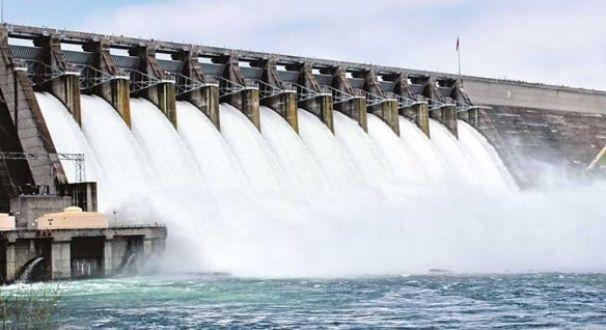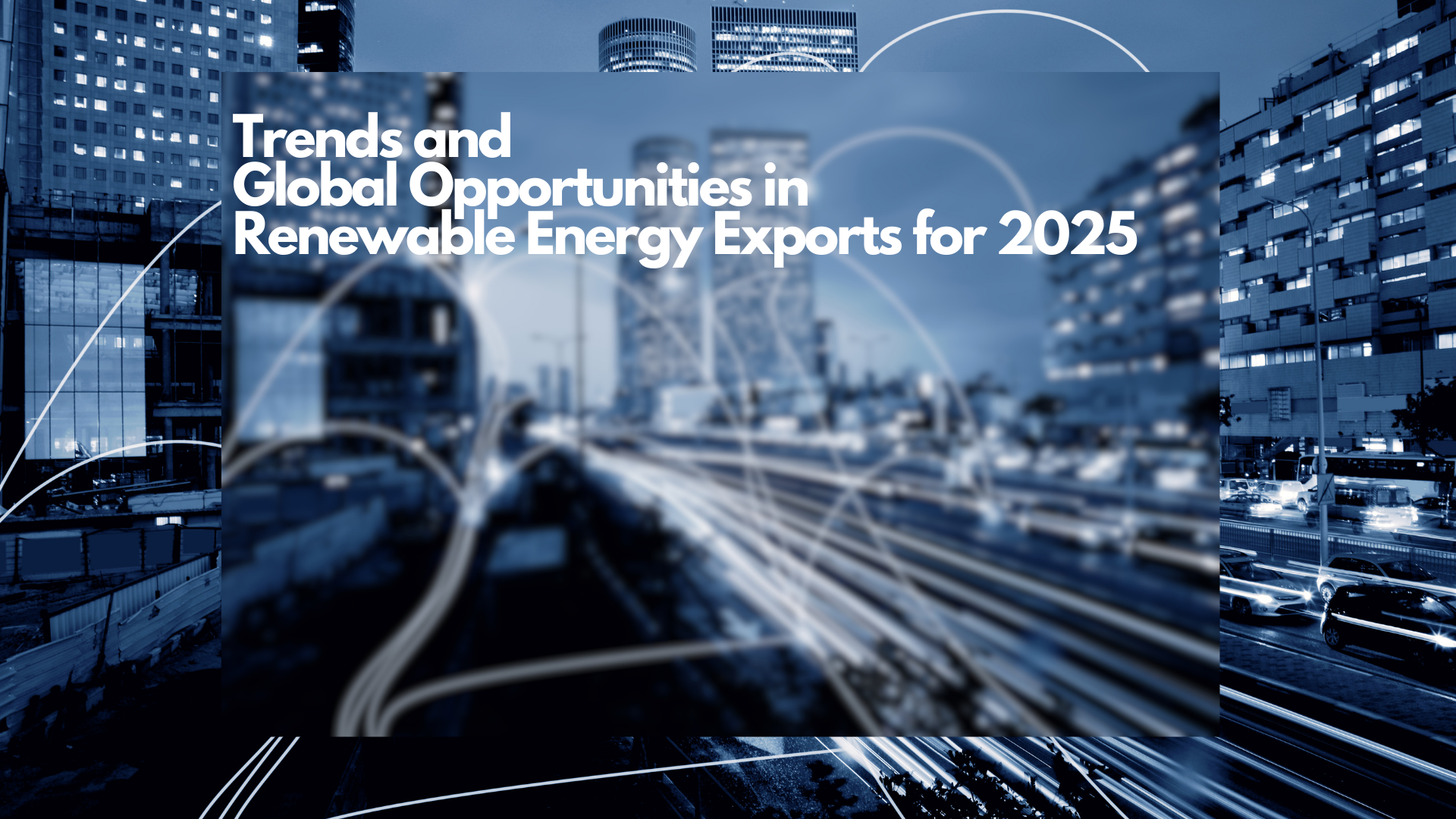What is Hydroelectric Energy? Where Is It Used?
Hydropower energy is a type of energy where the kinetic and potential energy of water is utilized to generate electrical energy. This is typically achieved by either dropping water from a height or passing it through turbines in the flow. Hydropower energy is often produced using dams or the flow of rivers.
The primary areas where hydropower energy is utilized include:
- Dams: Dams store water, creating a large reservoir. When water is released from the dam in a controlled manner, it turns turbines, generating electrical energy. An example is the Aswan Dam on the Nile River in Egypt.
- Rivers and Streams: Low dams or stream turbines on rivers and streams harness the natural flow of water to produce electricity. These systems are often designed to generate energy from water sources without the need for large dams.
- Temporary Water Flows: Some hydropower systems leverage specific water movements such as tidal energy or temporary water flows. These systems are typically small-scale and regionally limited.
Hydropower energy is considered an environmentally friendly energy source as it limits carbon emissions and is a continuously renewable resource. However, the ecological impacts of such projects, as well as concerns related to water resource management and effects on ecosystems, can be subjects of debate.





